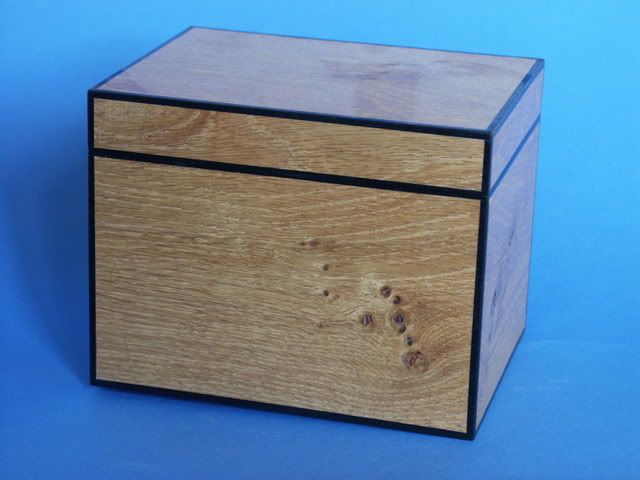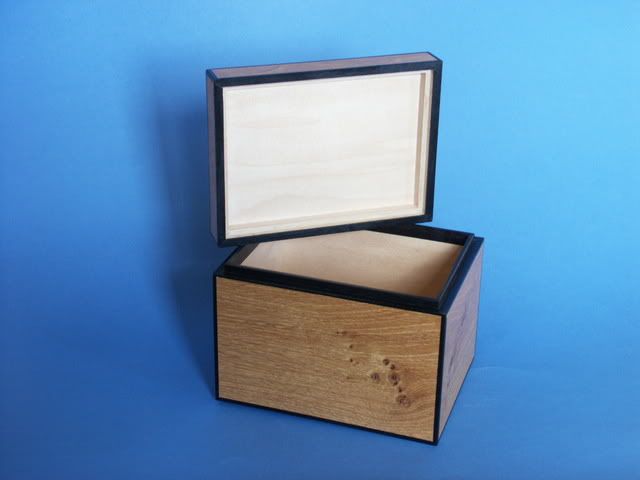If you want to veneer one side of plywood only, what thickness of plywood would you need to stop it "pulling" - e.g. curving. Does the thickness of the veneer have any effect? What happens if you veneer really "chunky" veneer of say 5mm plus onto plywood of 12mm? Would you need to back it with an equivalent amount?
Adam
Adam








